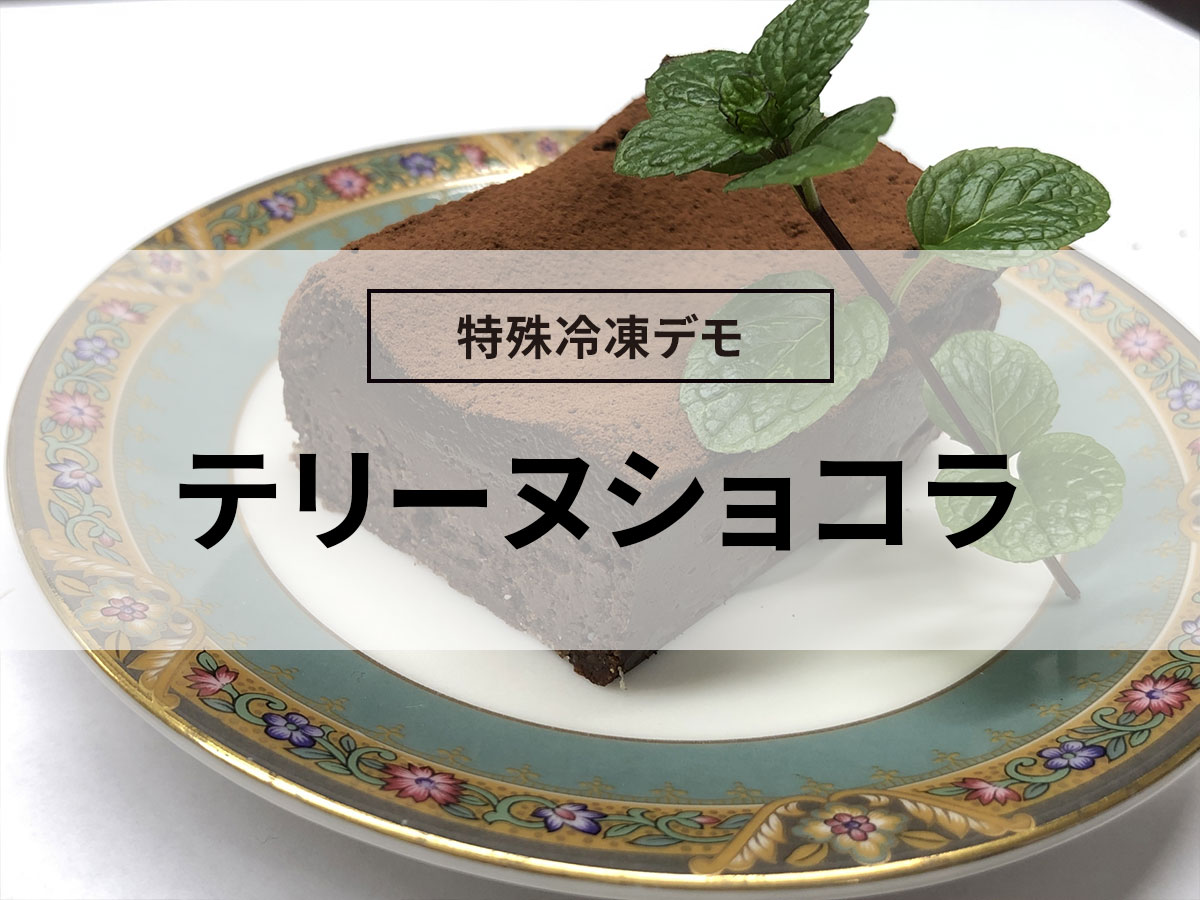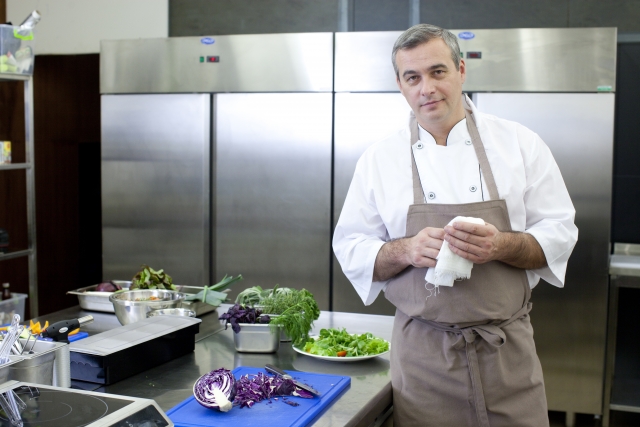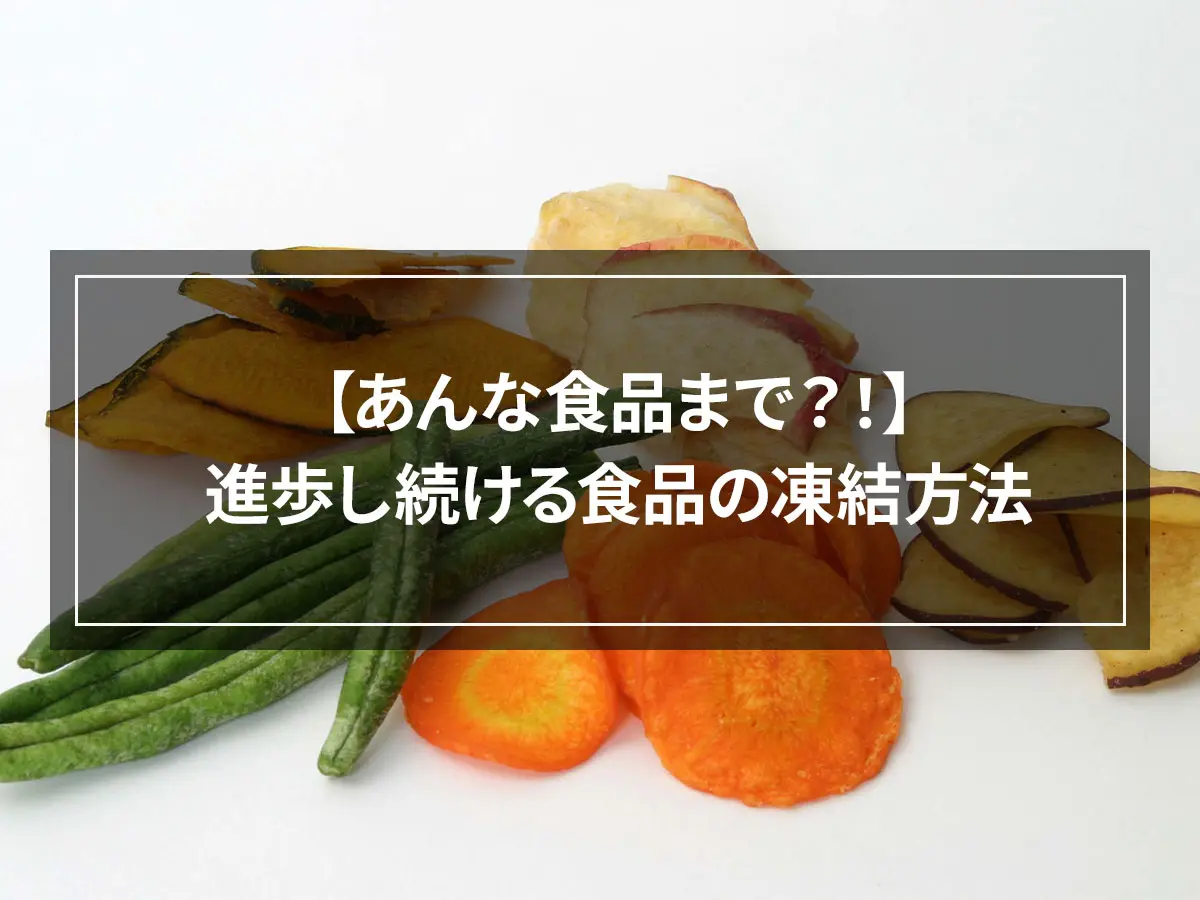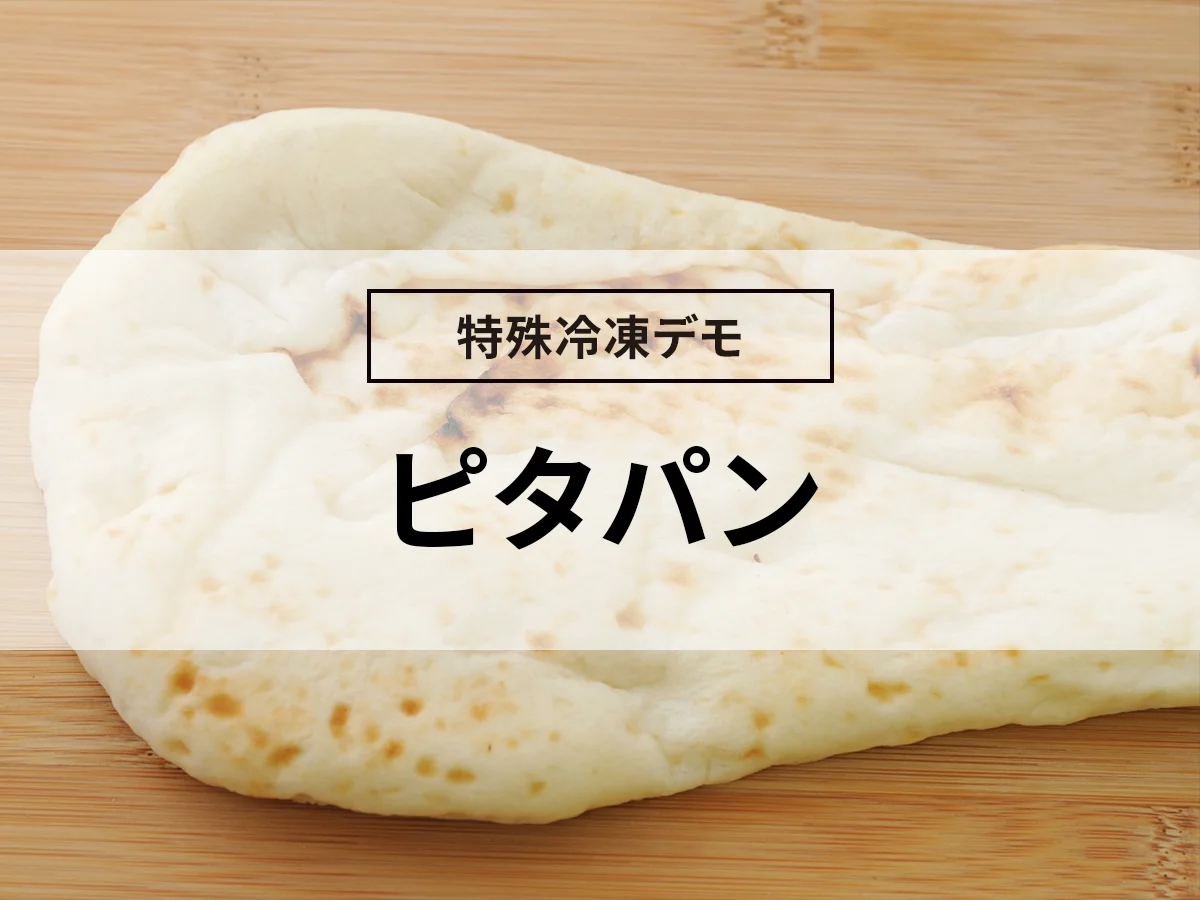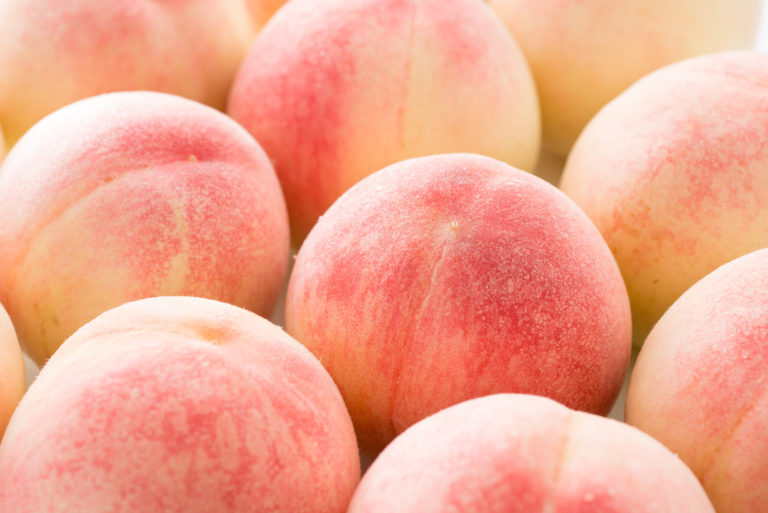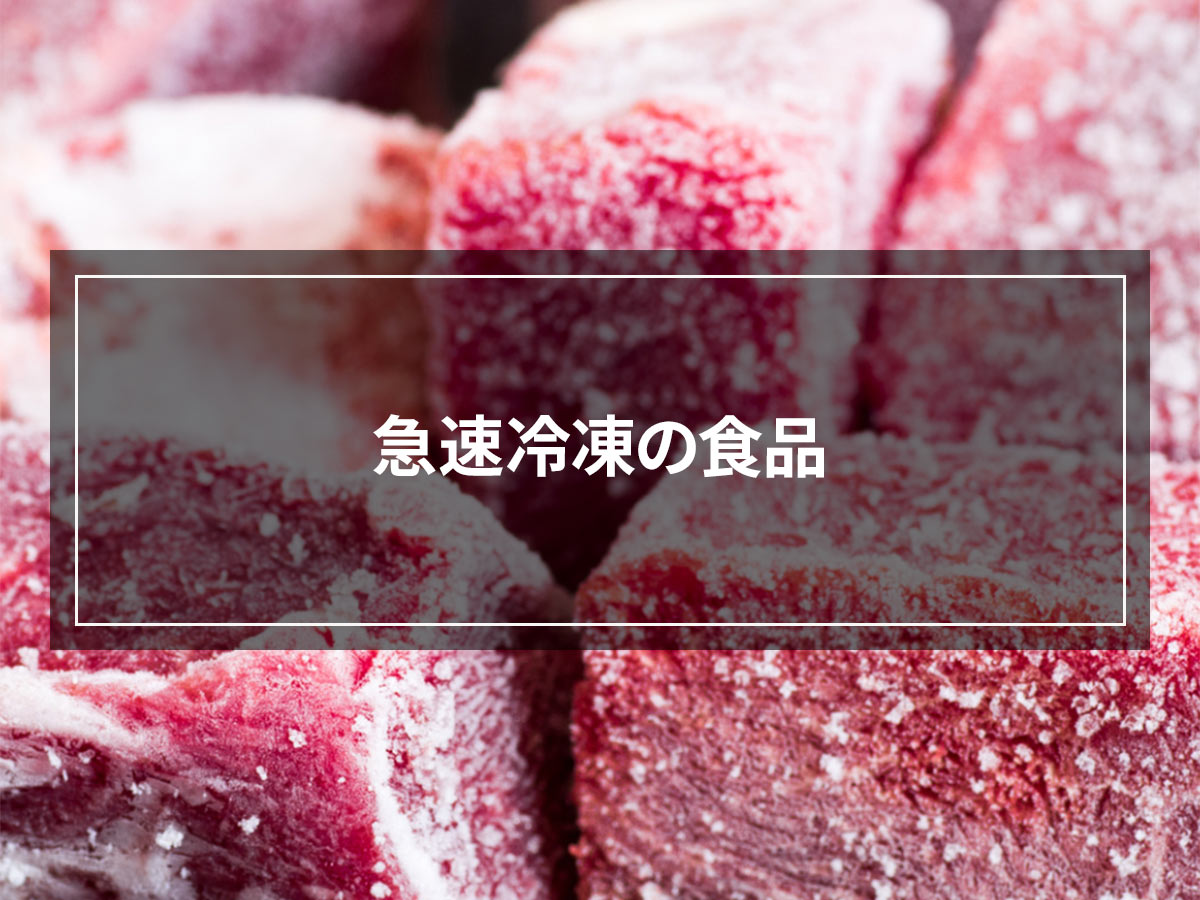Exploring brine freezing: Temperature insights and key considerations
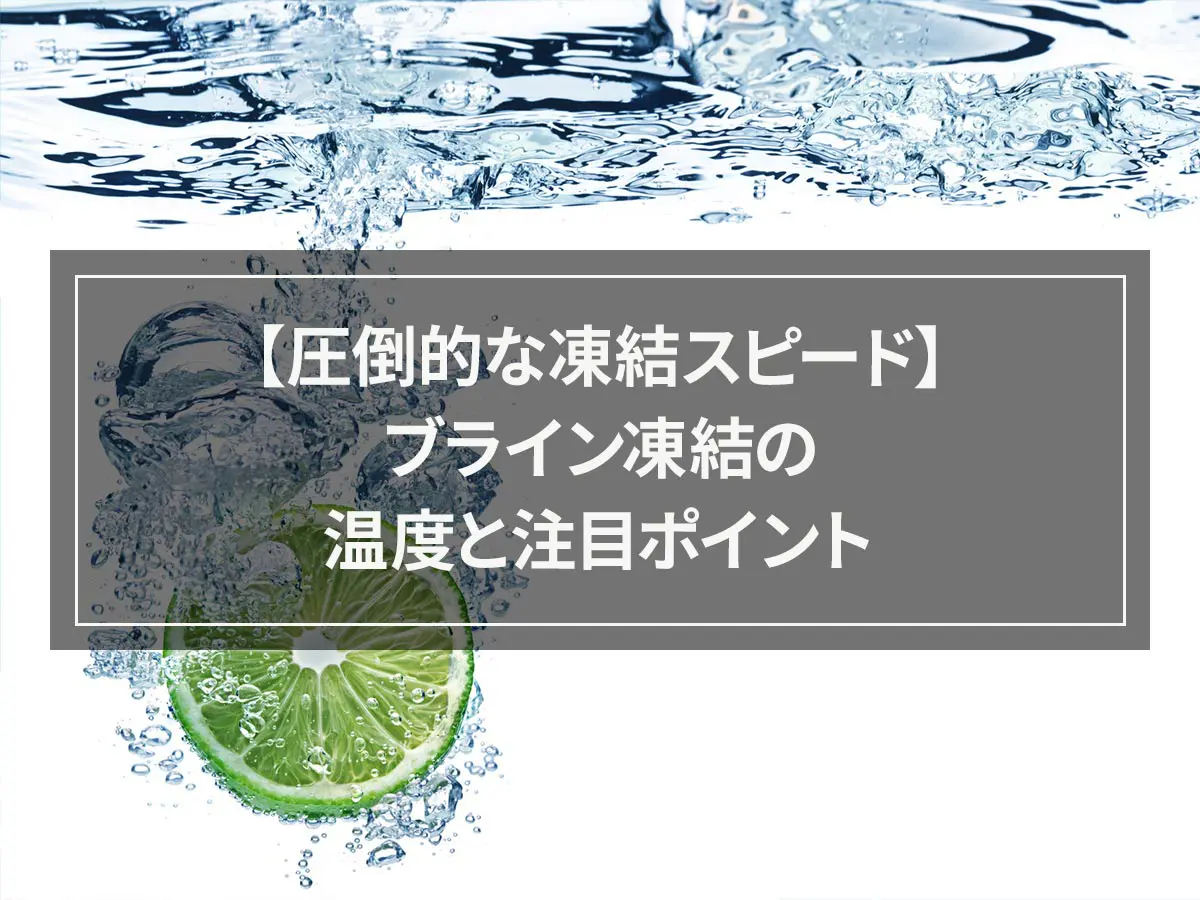
Advancements in refrigeration technology have greatly improved the quality of frozen foods. Rapid freezing enables foods to be preserved to its maximum extent, and makes it possible to recreate the taste of freshly harvested and freshly prepared food.
There are various methods of rapid freezing, and there are special freezing methods that allow food to be frozen without blowing cold air.
Brine freezing is a method of immersing food in a chilled brine solution, lowering the temperature all at once, and freezing the food surprisingly quickly.
目次
What is the brine freezing method that rapidly lowers the temperature?
Brine freezing involves soaking food in a cooled brine solution. The brine liquid is an antifreeze that has a low freezing point and does not freeze even below freezing, so it can be used as a liquid even when cooled to below -20℃.
The biggest advantage of freezing with liquid is the speed of freezing. Liquids have a thermal conductivity 20 times greater than air, so they can cool down very quickly.
If you slowly lower the temperature and freeze, the ice crystals will grow and destroy the cells, causing the flavor components to flow out.
However, the growth of ice crystals can be suppressed by passing food briefly through the temperature range of 0°C to -5°C, where the water in the food freezes. By rapidly lowering the temperature, cell destruction is prevented and food can be frozen without sacrificing quality.
With normal freezing, ice crystals of 100 to 200 microns are formed when freezing food, but with brine freezing, ice crystals can be reduced to 5 microns. The cell size of meat and vegetables is smaller than 20 to 30 microns, so cell destruction can be minimized.
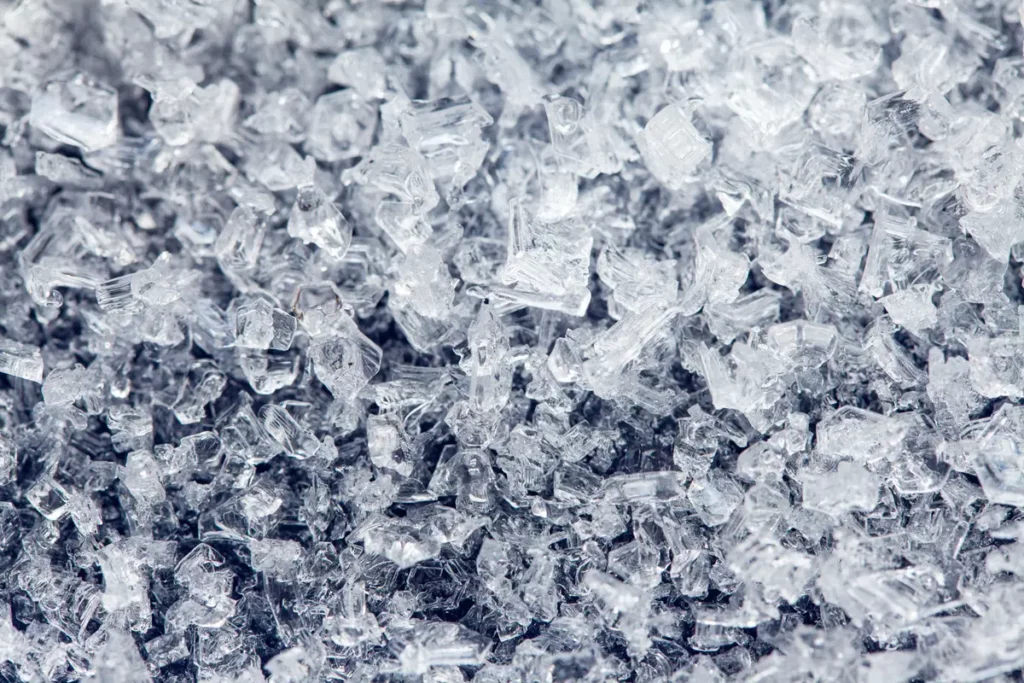
First of all, what kind of liquid is used for brine?
Use antifreeze such as salt water or potassium chloride solution after cooling it to -17°C to -40°C. Highly concentrated salt solutions have excellent antifreeze properties, but are corrosive to metals, so alcohol brine solutions are also being used recently. Alcohol brine liquid is certified as a food freezing agent, so it is not harmful to the human body.
For example, a propylene glycol solution is used, and the temperature can be lowered to -30℃. In addition, since EtaBrine is made entirely of food additives, it is highly safe, and its cooling capacity does not decrease even at low temperatures, allowing for efficient cooling.
Advantages of freezing brine used in skipjack fishing
Brine freezing is also used to freeze skipjack tuna caught onboard skipjack fishing boats. Skipjack fishing involves large catches at one time, so we use brine freezing, which has a fast freezing speed and is suitable for large-scale freezing.
The brine used in skipjack fishing is concentrated salt water at around -20 degrees Celsius, which rapidly lowers the temperature to protect the freshness of the skipjack tuna. Once caught and placed in a tank, the bonito enters a state of suspended animation in about one minute, and freezes to the core in about eight hours.
Skipjack fishing involves pole and line fishing and purse seine fishing. Pole and line fishing is a method of fishing in which a fishing boat is driven into a school of skipjack, sardines are scattered as bait, and the fish are caught one by one using a pole.Purse seine fishing is a method of fishing that uses a net to drive in and reel in a school of fish.
The fishing grounds for purse seine fishing are near the equator and have high temperatures, and a large number of bonito, 30 to 40 tons, can be caught in a single fishing operation. Since the bonito is placed in the tank one after another, it is difficult to control the temperature of the liquid inside the tank, which can lead to variations in quality. Bonito, which is not suitable for eating raw, is used as canned food or processed products such as dried bonito flakes.
In pole-and-line fishing, the catch is 10 tons per fishing operation, and each bonito caught is placed in a tank. The temperature is controlled by circulating the liquid in the tank, allowing you to freeze the fish while maintaining its freshness. Since the caught bonito is frozen alive, it is as fresh as fresh meat and can be eaten as tataki or sashimi.
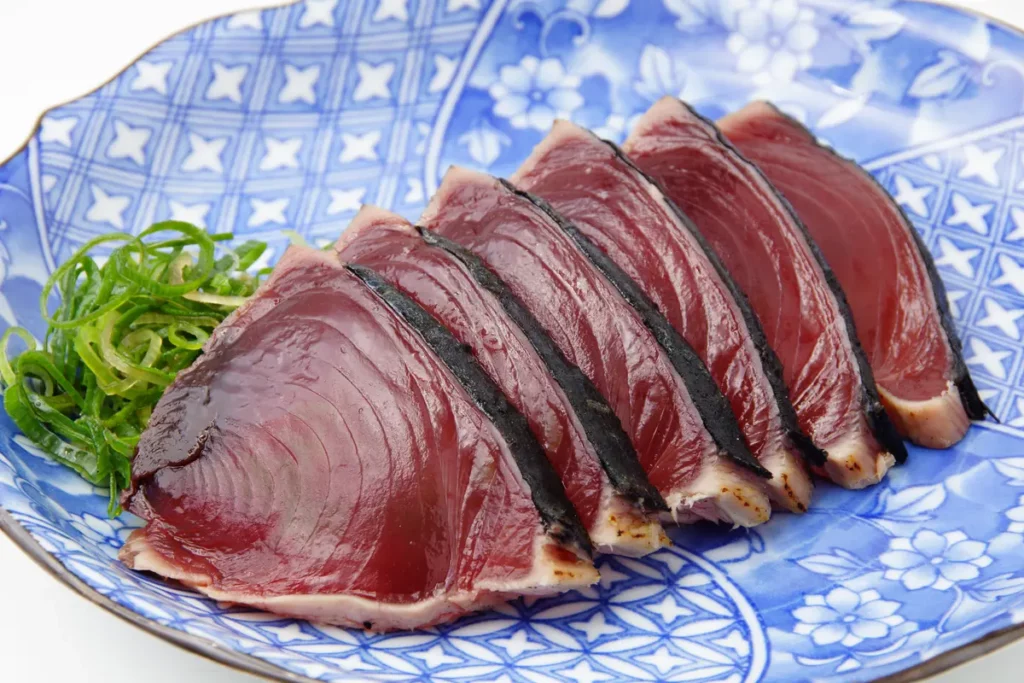
Foods suitable for brine freezing
Brine freezing has a faster freezing speed than air blast freezing, so it is suitable for thick or large foods that take time to cool, and foods that spoil quickly.
For example, mackerel cannot be eaten as sashimi except in some regions because it is difficult to maintain freshness and parasites and bacteria can develop.
However, if we can freeze food while maintaining its high freshness, we can provide fresh products such as sashimi all over the country. To preserve the freshness of freshly caught fish, they are sometimes frozen on board the ship, in which case concentrated salt water is used as the brine.
The large and fatty mackerel caught off the coast of Tohoku in the waters around Mt. Kinka is called Kinka mackerel. Kinka mackerel, which can only be caught during specific seasons and requires freshness, can be branded by freezing in brine and shipped nationwide.
In areas where black mackerel, which is sold at a lower price than true mackerel, can be caught in large quantities, it is processed and sold with high added value without compromising quality. By immediately freezing the caught sesame mackerel in brine, it can be processed into shime mackerel, etc.
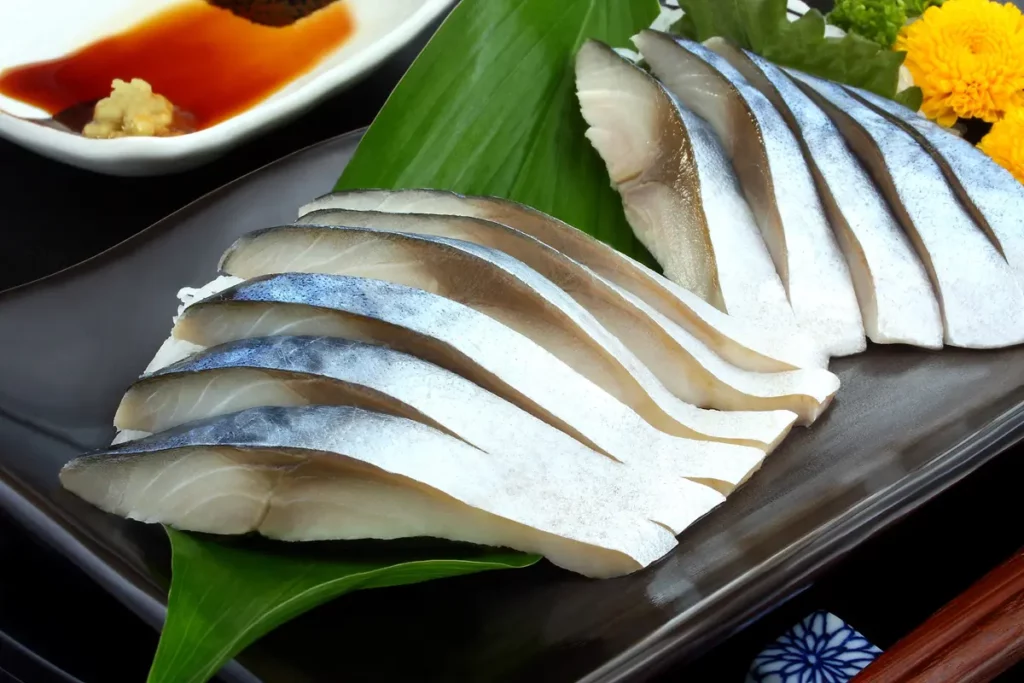
It is also used at fisheries processing plants for amberjack and yellowtail. The fish is caught, blood is drained, and the fish is processed into fillets, etc., vacuum-packed, and then frozen in brine.
Also, when crabs and shrimp are boiled, their shells turn red, but when air-blast frozen, the redness may fade due to oxidation due to the strong cold air being blown onto them. If you weaken the cold air, you won't be able to freeze the meat in a short time, so brine freezing is suitable for freezing while maintaining both the color and meat quality of the shell.
There are various types of brine freezers, but Re-Joice Freezer can handle a wide variety of foods and produce high-quality freezing. It stirs alcohol cooled to -35°C and immerses vacuum-packed foods in the liquid to freeze them. The liquid is constantly circulated to prevent uneven freezing and allows for freezing in a very short time.
2cm thick beef/fish takes about 10 minutes, pork/chicken takes about 8 minutes It can be frozen in a short time, 5cm thick beef takes about 35 minutes, fish takes about 30 minutes, and pork/chicken takes about 25 minutes. can be frozen. You can also freeze offal such as liver, vegetables such as bamboo shoots, konnyaku, and sesame tofu that are not suitable for freezing.
It has been introduced at a variety of businesses, including seafood processing plants, fishing cooperatives, livestock processing plants, and restaurants. Freezing time can be shortened and work can be done all at once, increasing work efficiency.
Freezing can reduce waste loss and expand the range of foods that can be used for processing. Additionally, foods that are difficult to maintain freshness can be distributed over a wide range of areas.
There are various machines available, from small to large, and you can choose the machine that suits your purpose and space, so you can use it for a variety of purposes.
Conclusion
Brine freezing is suitable for mass production as it allows efficient freezing.
In addition, foods that are difficult to maintain freshness or that take time to freeze can be frozen while maintaining their quality.
Why not use it to expand sales channels for perishable products that have been difficult to distribute widely?
⇒⇒Download detailed materials
⇒⇒Inquire about brine freezing
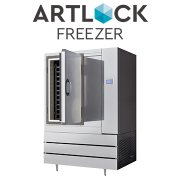



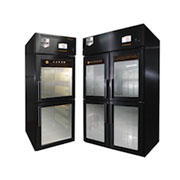
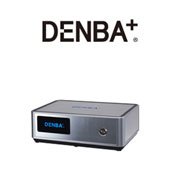
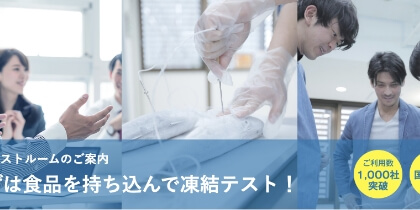

![[Storage period increased by 30 times! ] Achieving a stable supply of raw whitebait!](https://shunkashutou.com/wp-content/uploads/2016/11/579c55e6d32e1385c250e8e7c3ed59a71.jpg)
![[Sales increased 100 times! ] rapid freezing the signature menu “Ni-katsu sandwich”!](https://shunkashutou.com/wp-content/uploads/2016/11/IMG_02391.jpg)
![[Horse sashimi] We have significantly reduced waste loss with rapid freezer!](https://shunkashutou.com/wp-content/uploads/2016/11/5fda59d0cbcdabde18e58c3c58c09ed0.jpg)
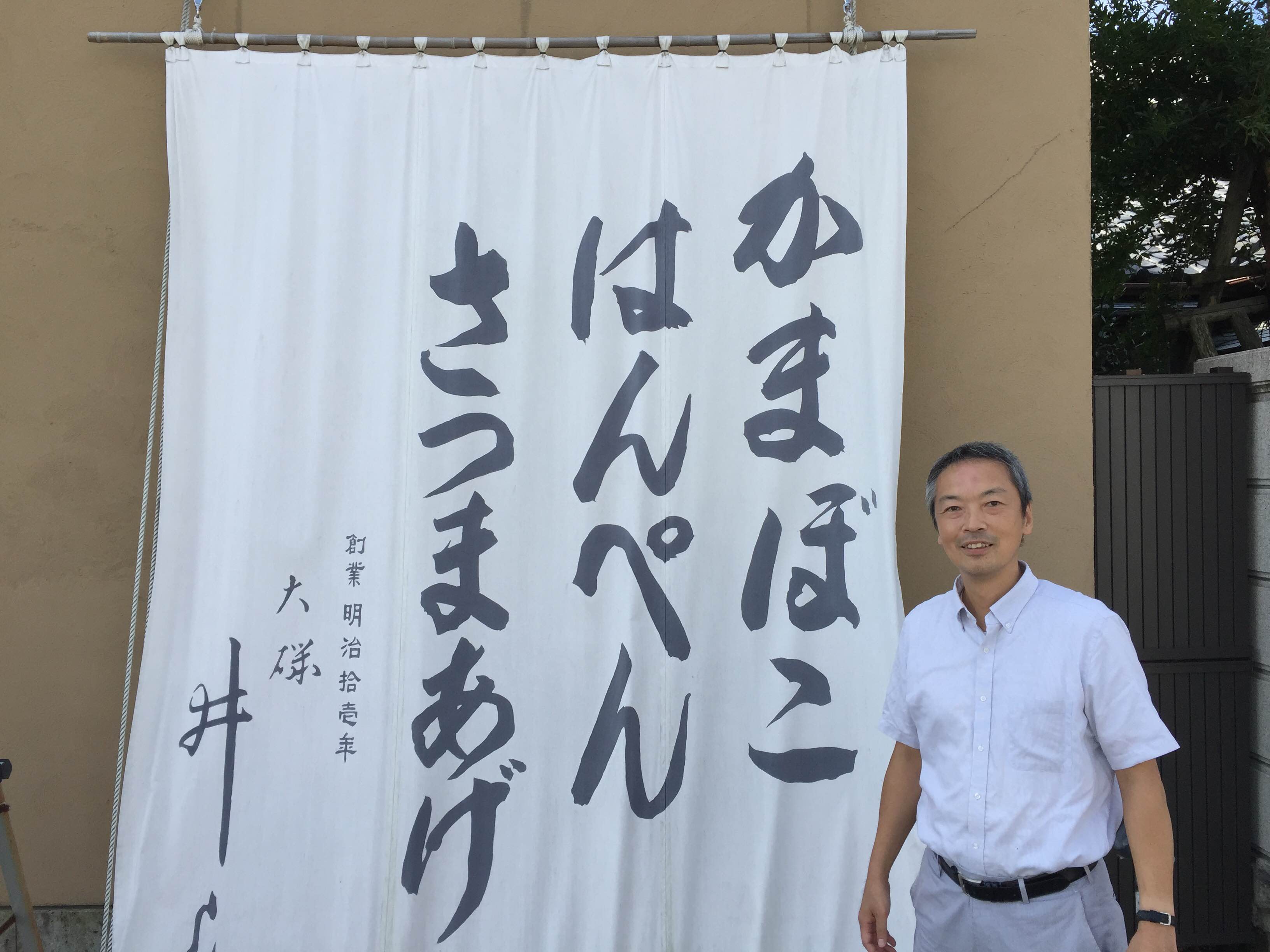
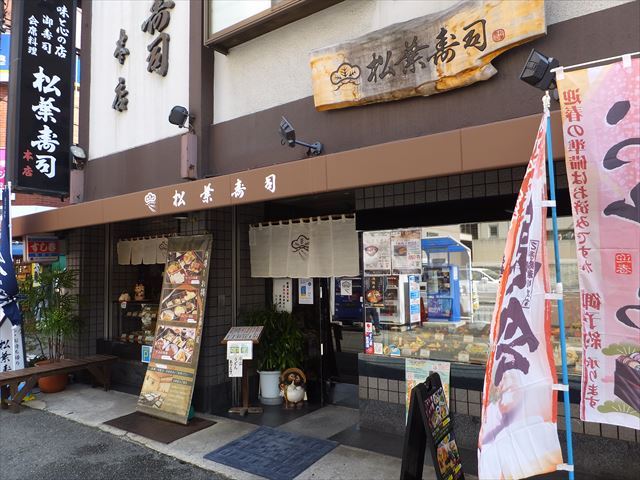
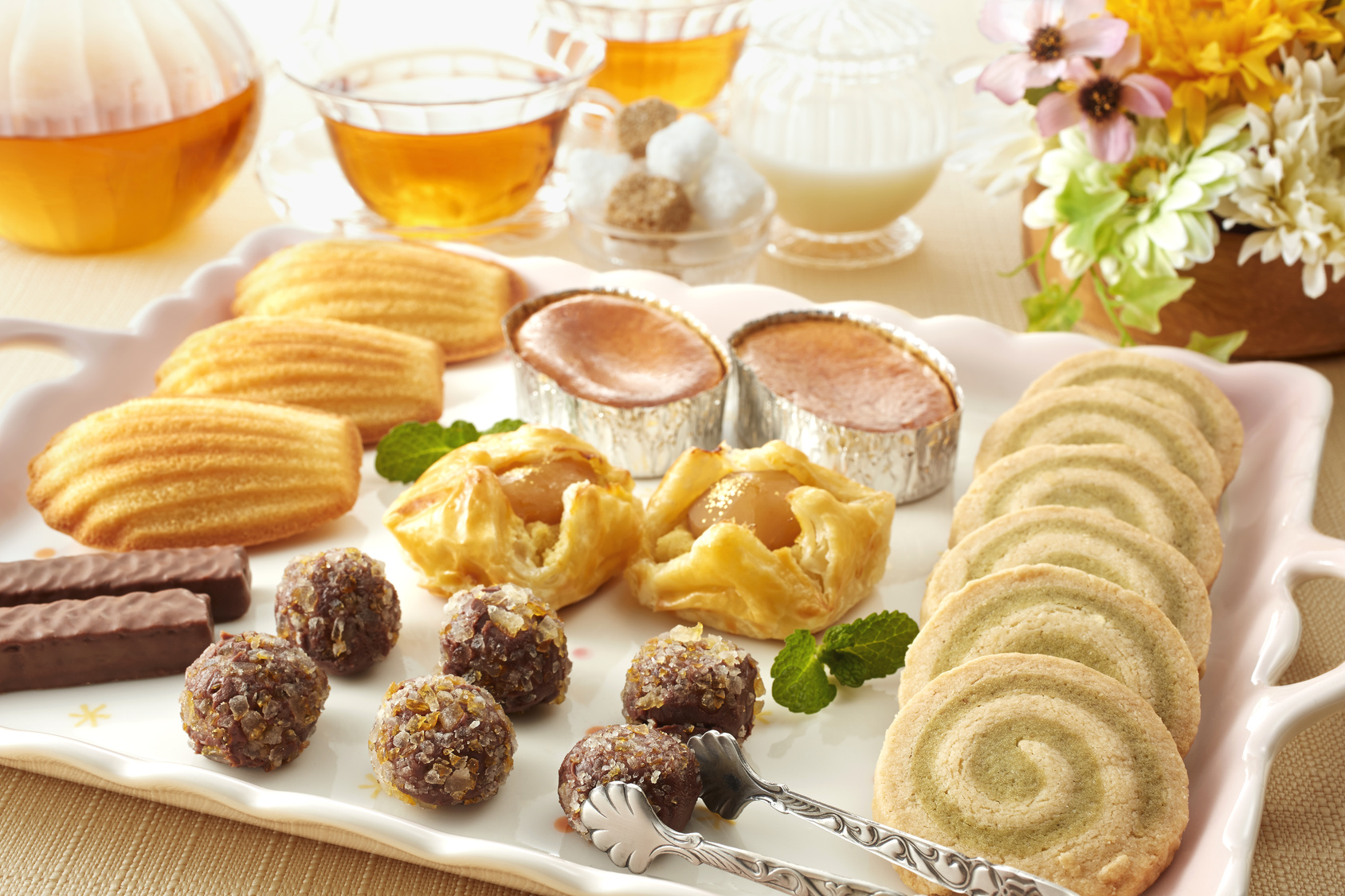
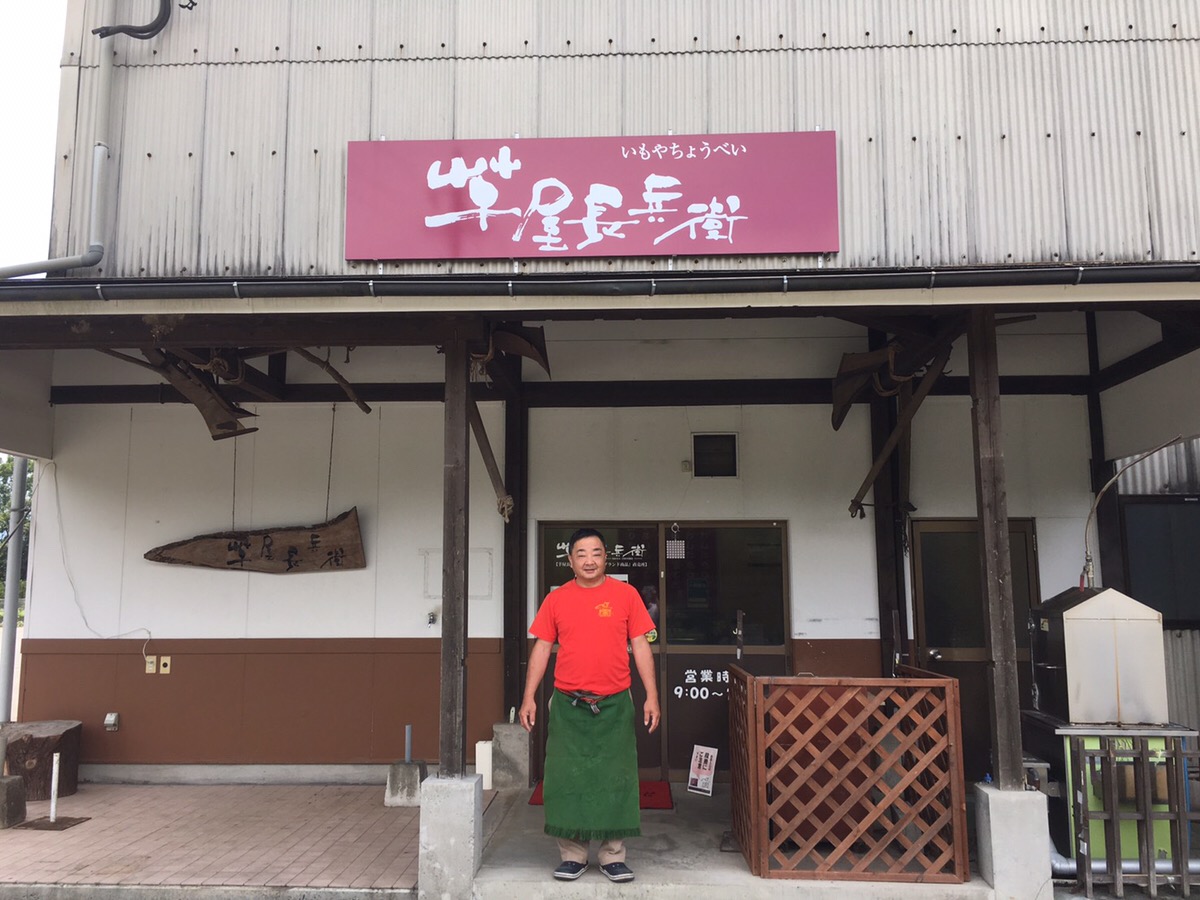
![[Storage period increased from 3 days to half a year! ] Restaurants are expanding their business using wholesale and mail order!](https://shunkashutou.com/wp-content/uploads/2018/04/66c19942ab4ba346fdb64ccc04cde373.png)
![[Reduce loss from 200 kg of oysters to zero] Improve loss and expand business with rapid freezer](https://shunkashutou.com/wp-content/uploads/2018/06/19785ca583a8d3c4041c7c192d041b0d.jpg)


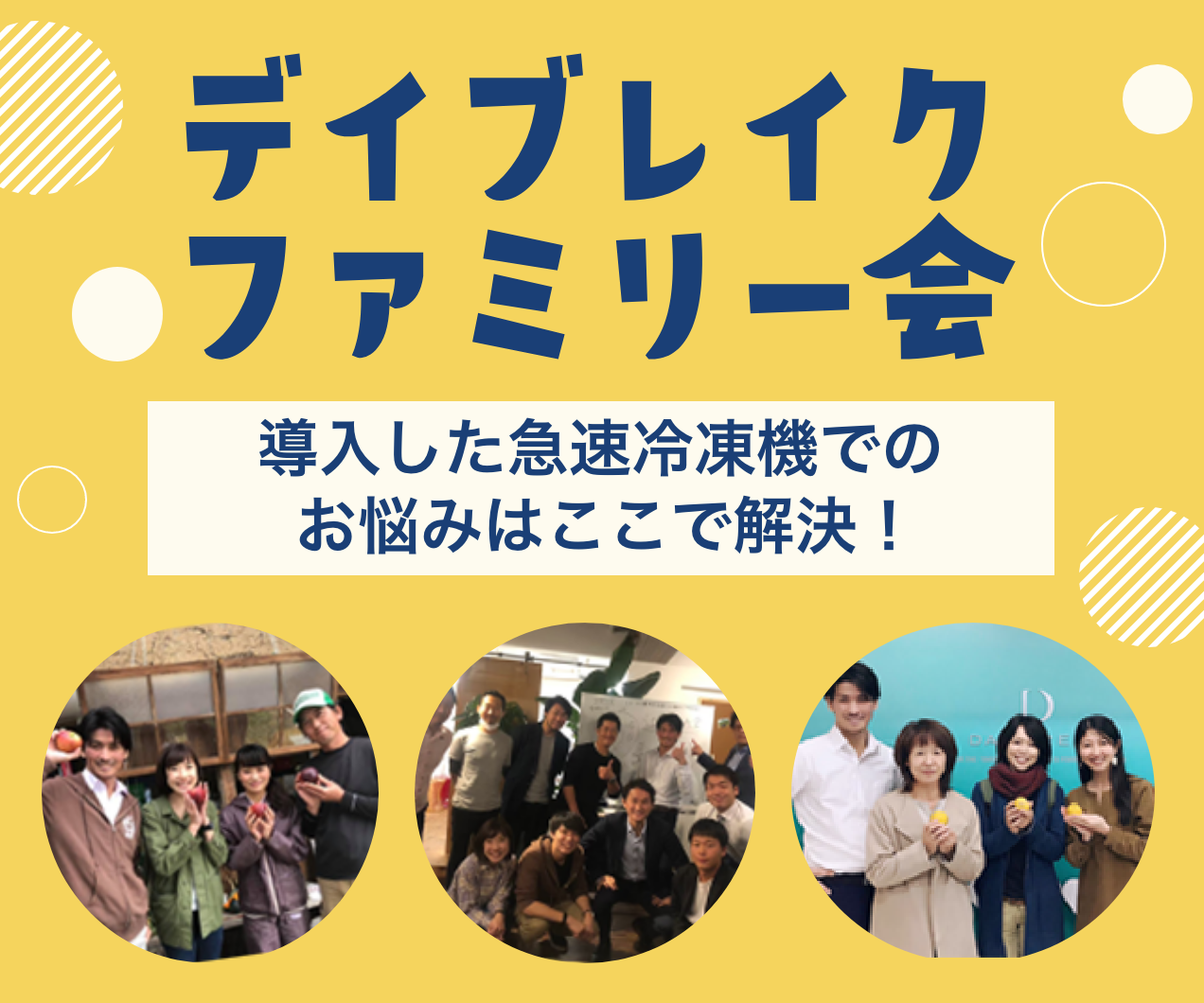
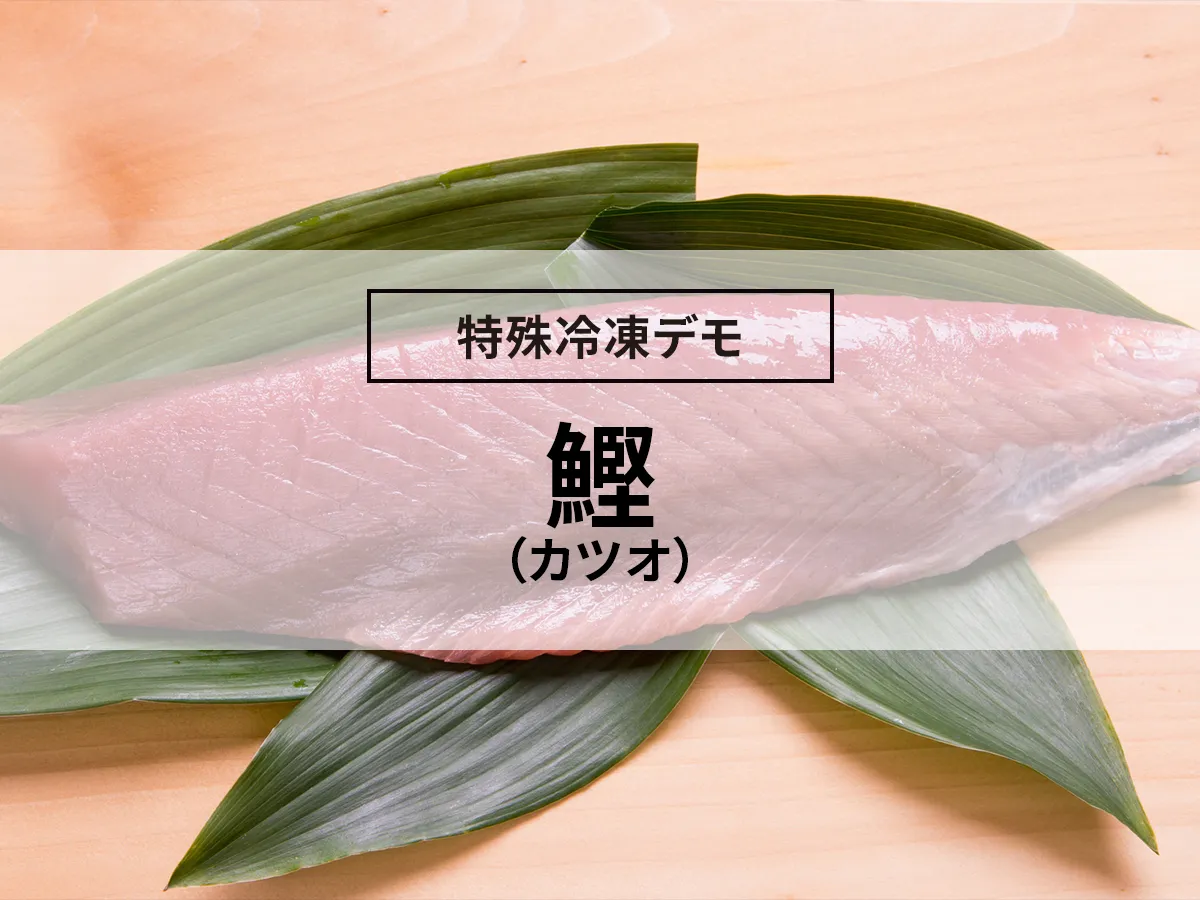
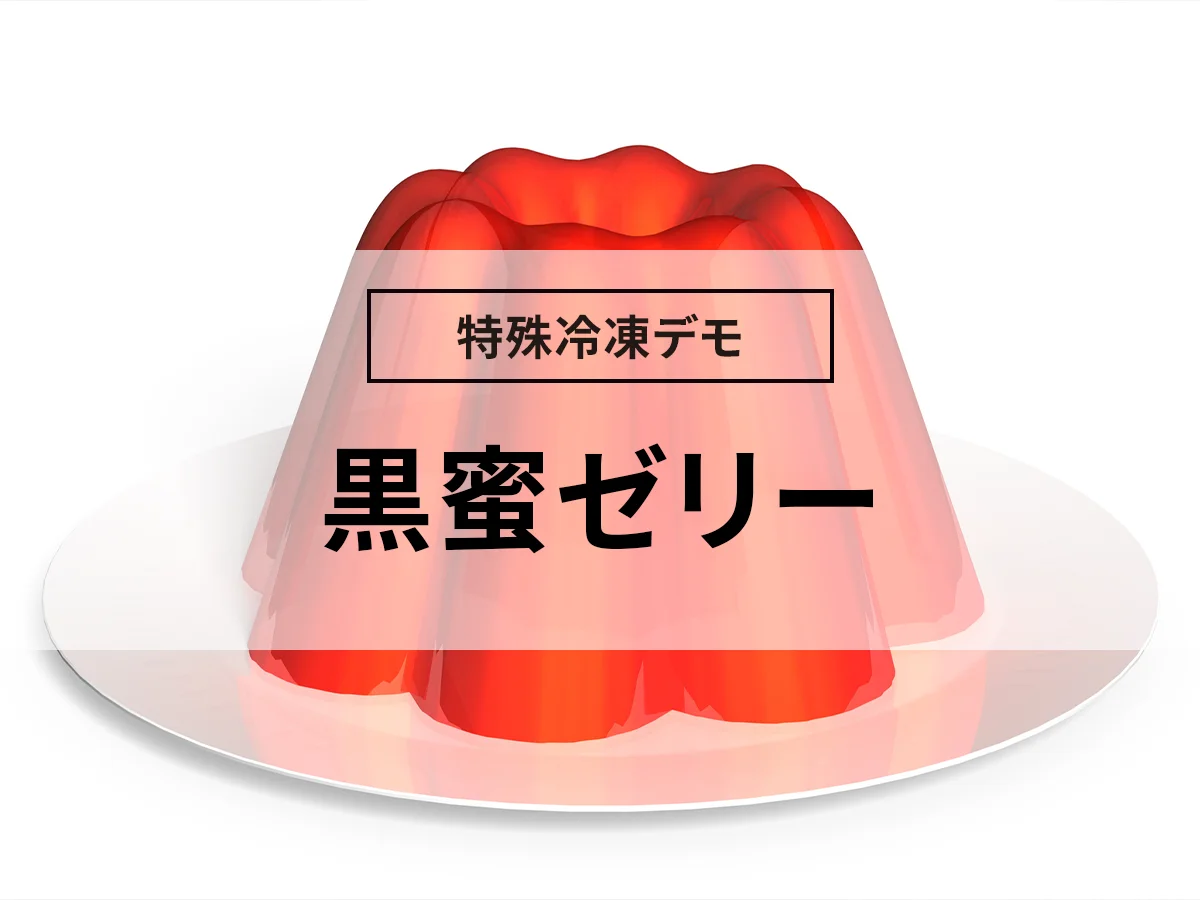
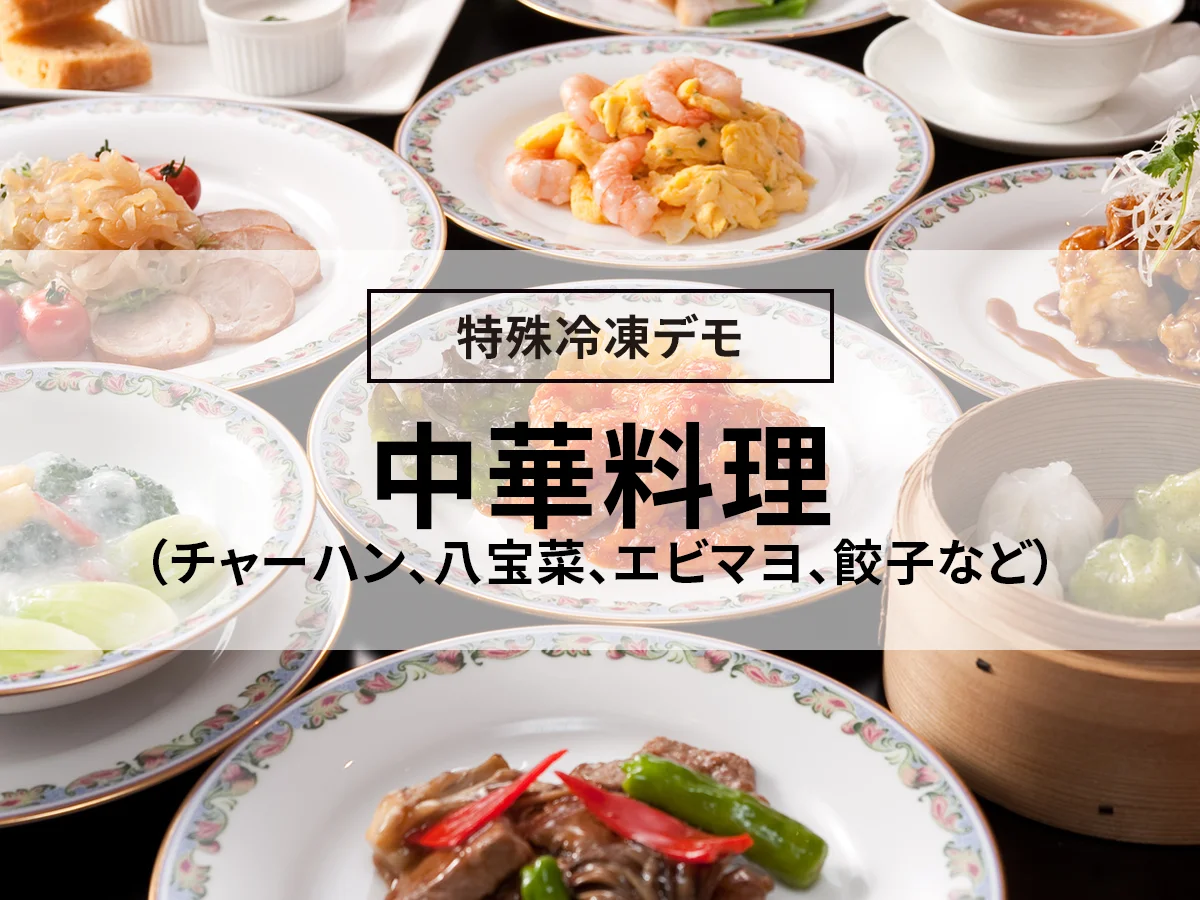
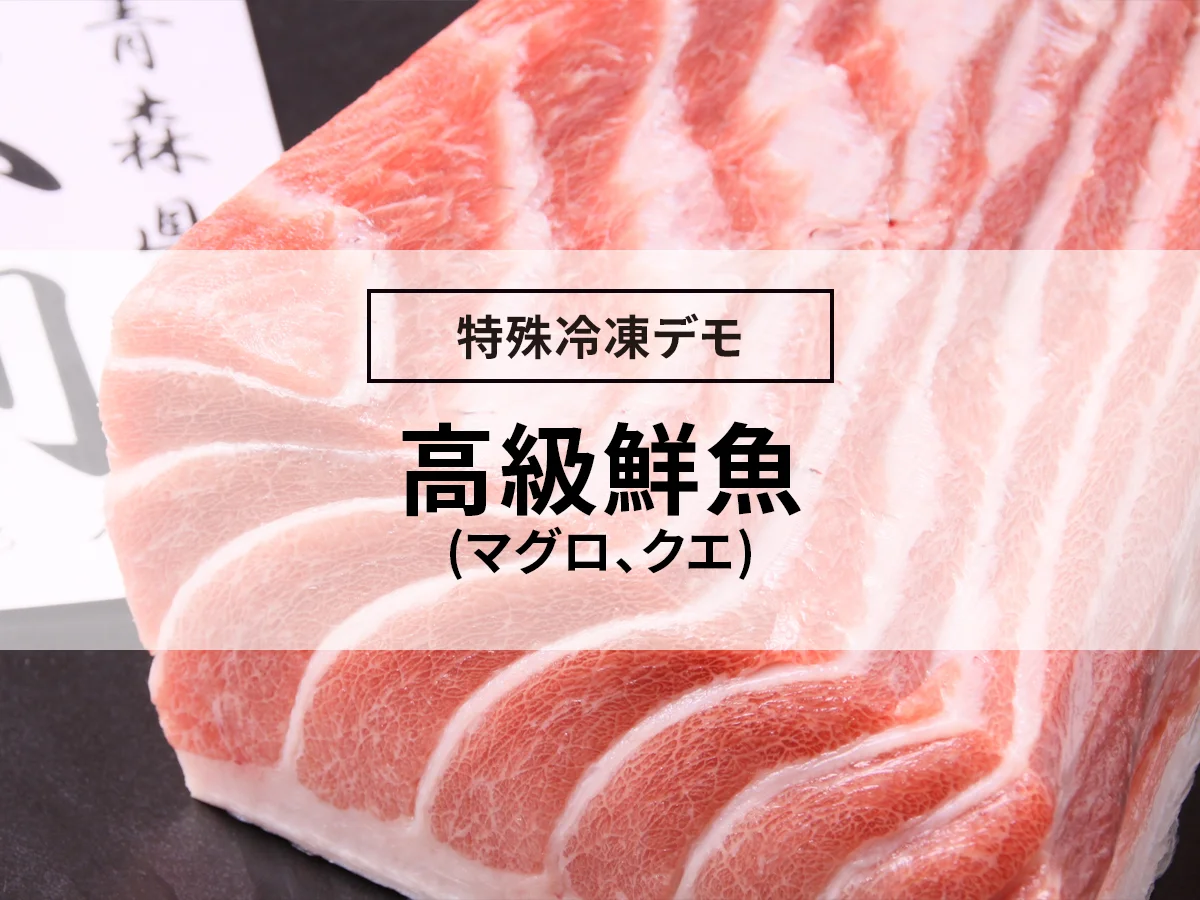
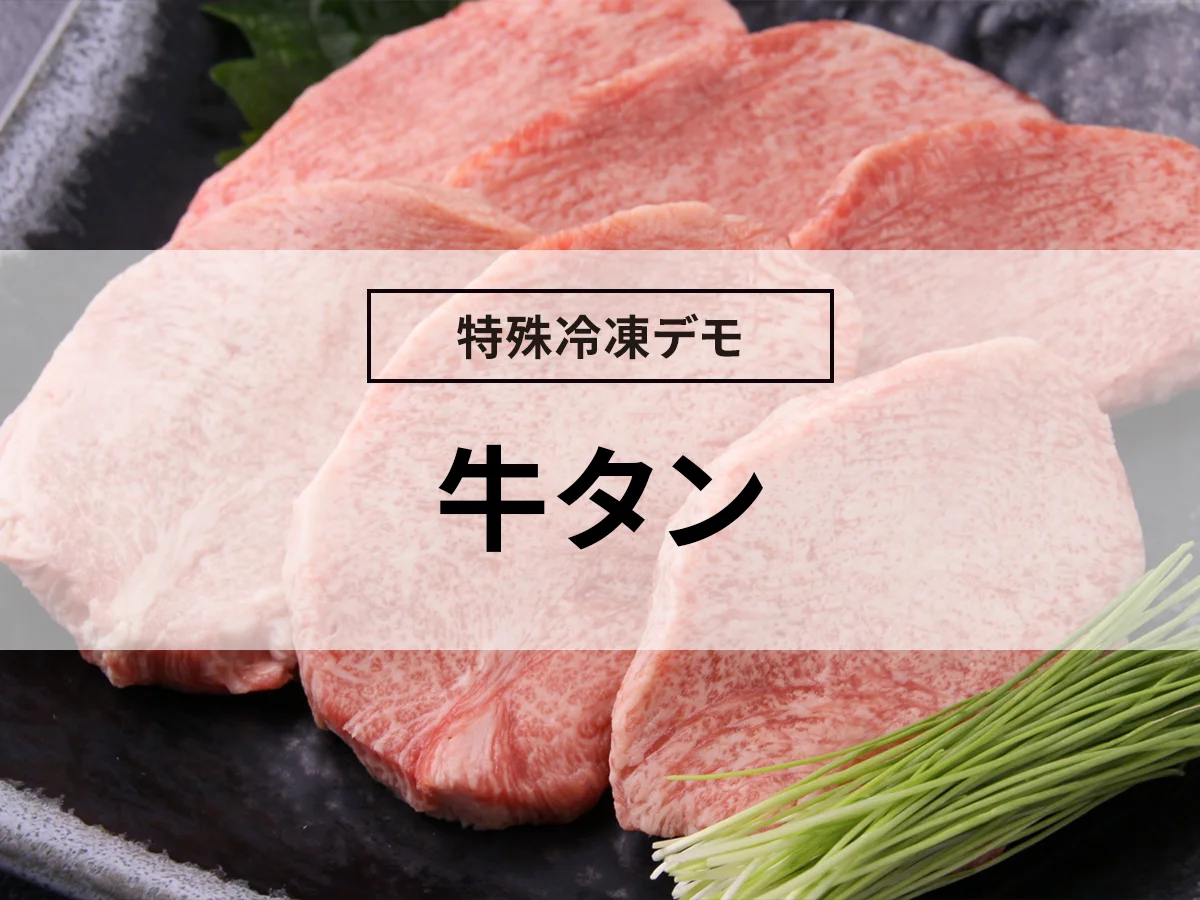
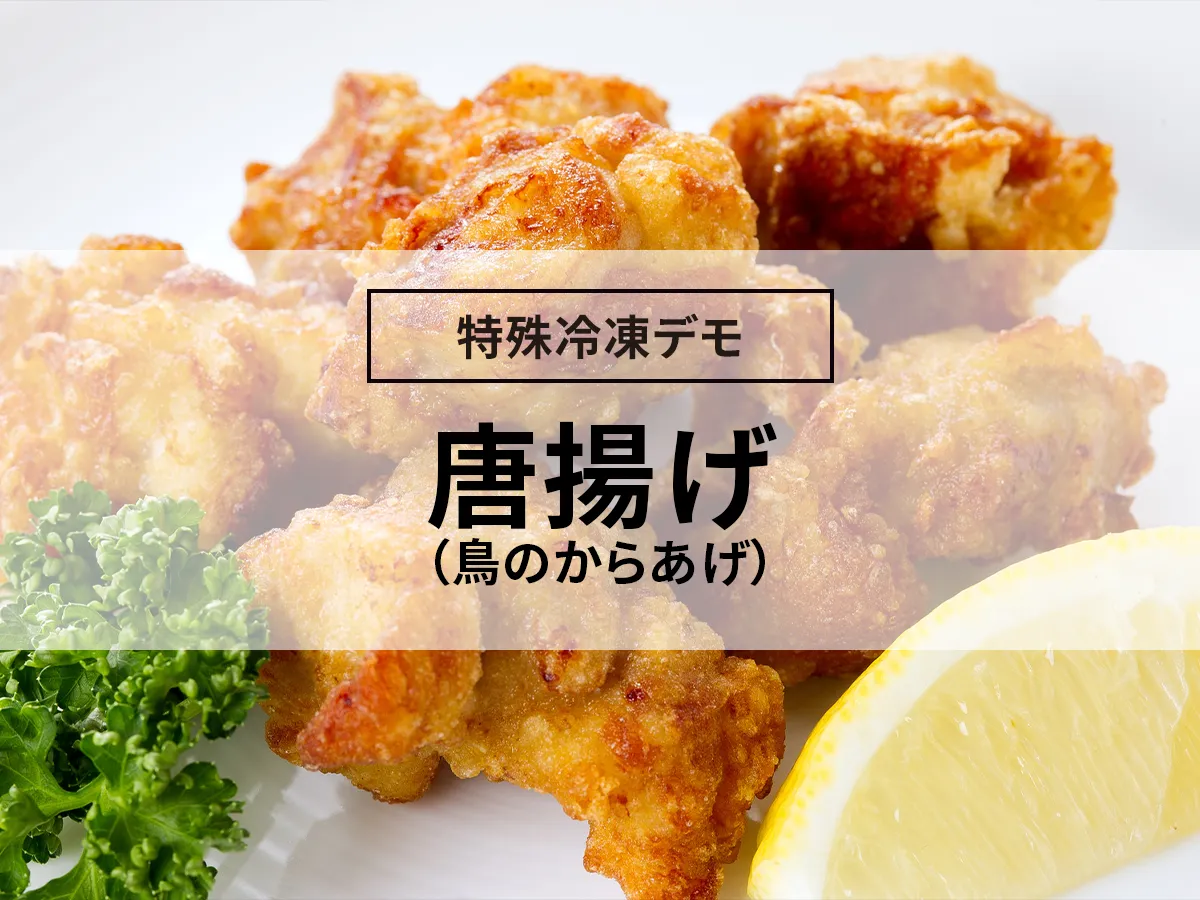
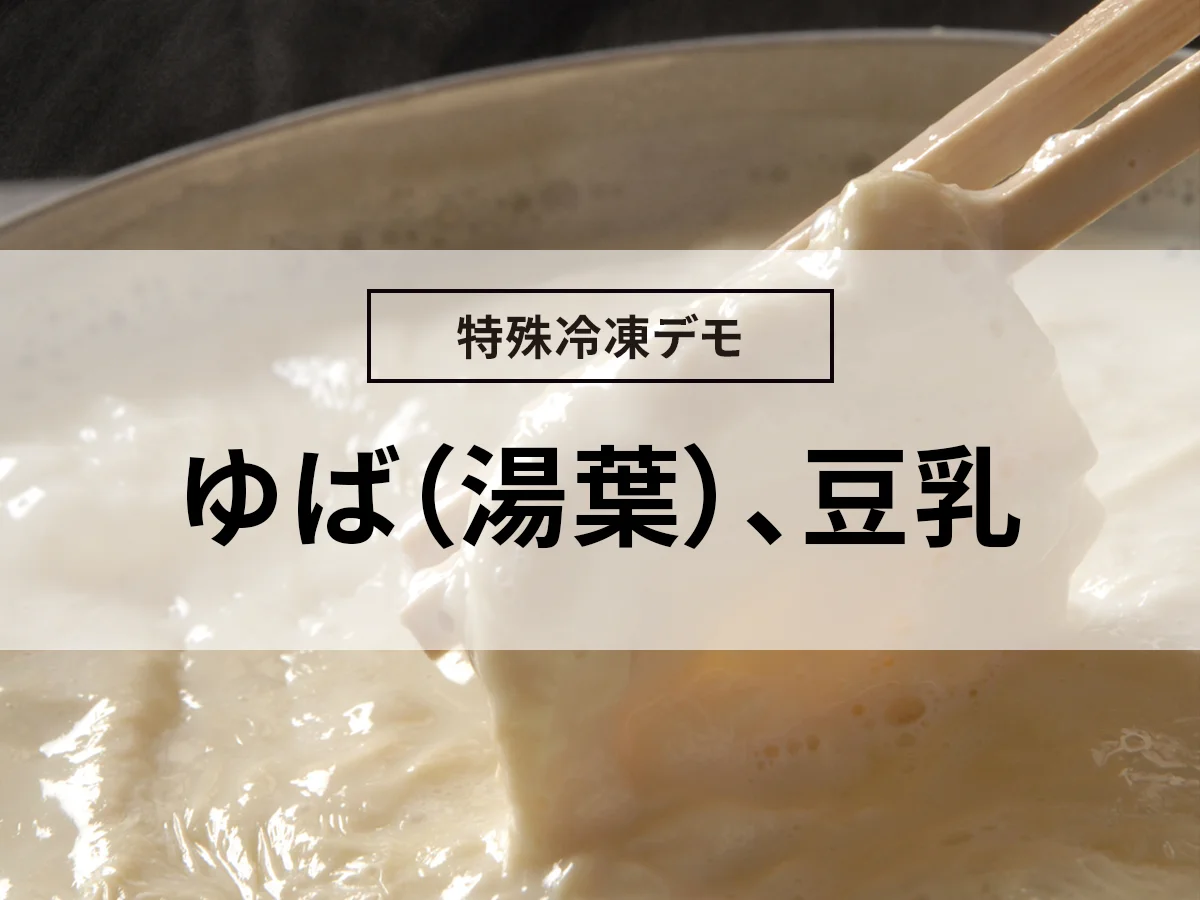
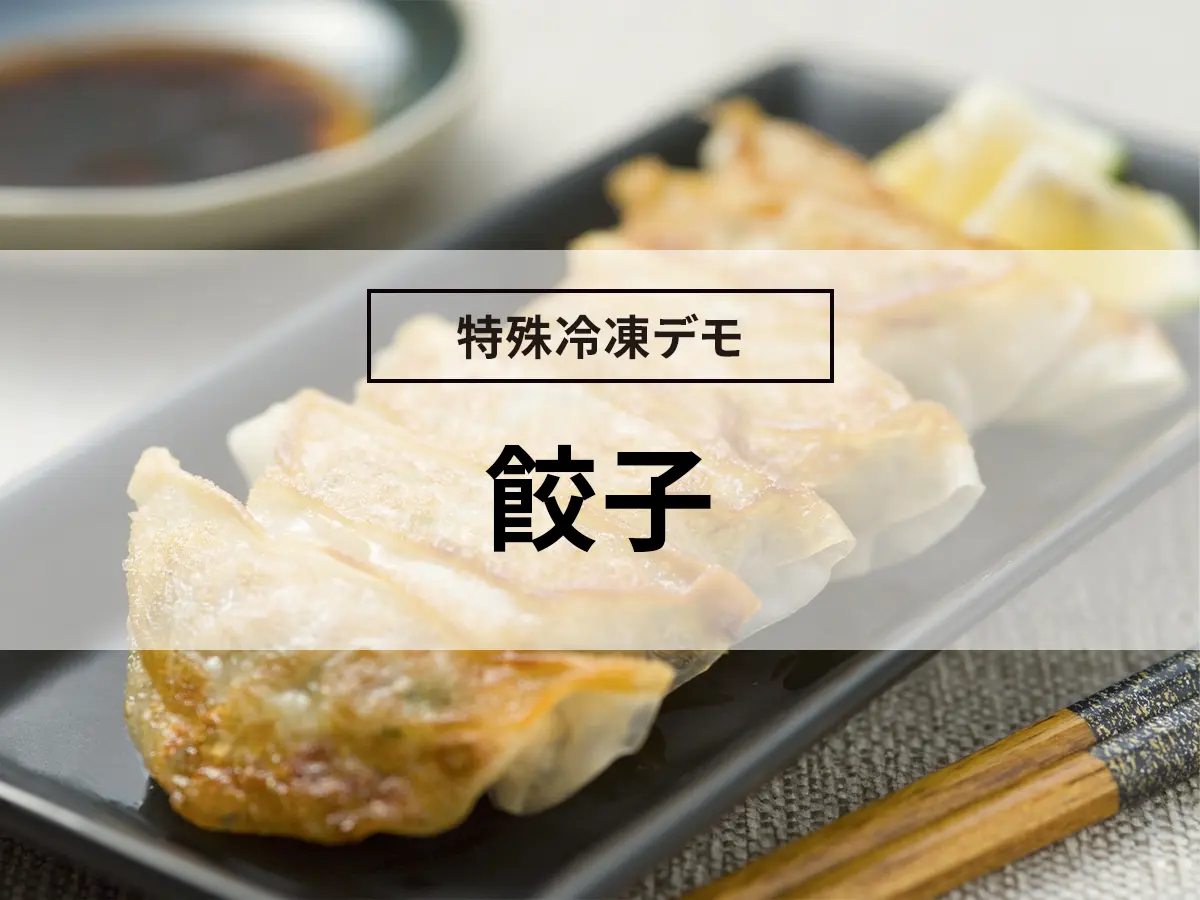
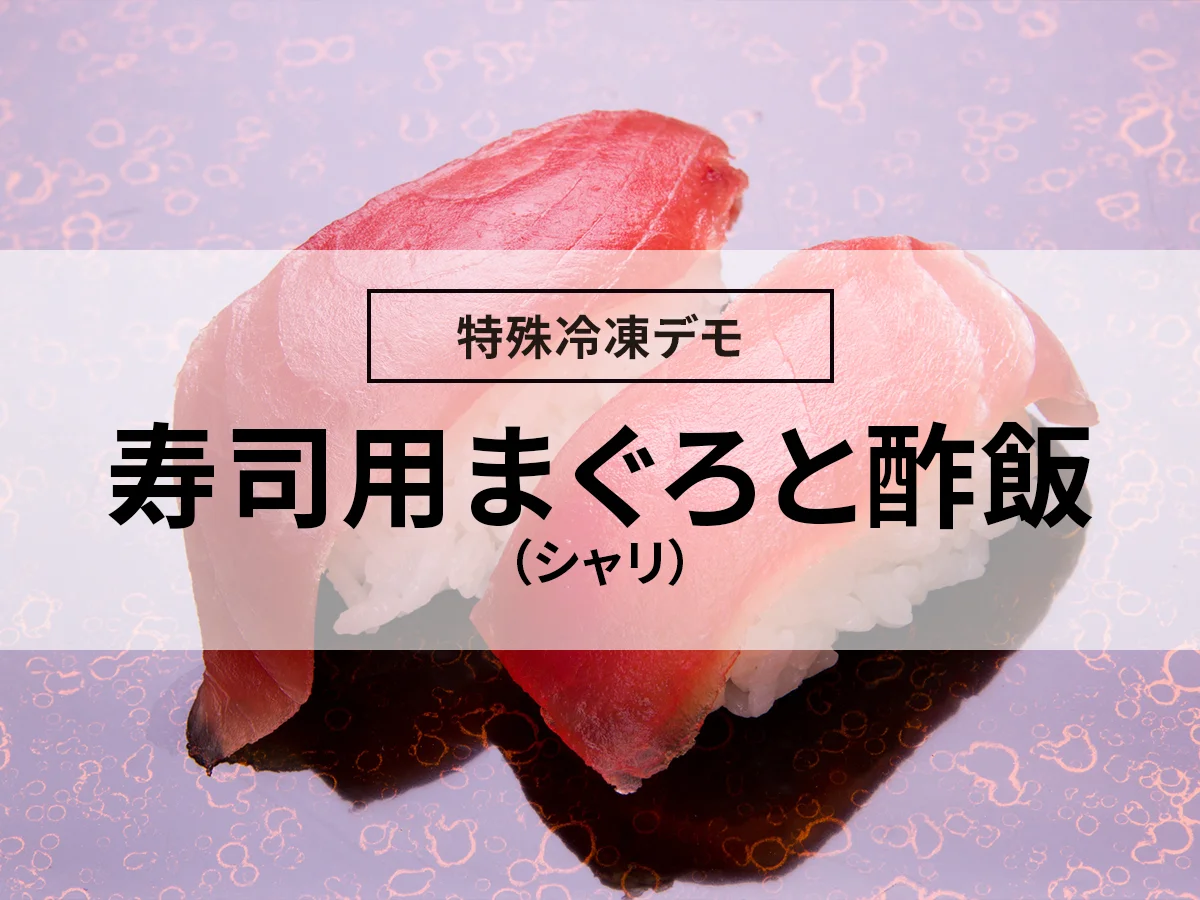


![[For food manufacturers] What is the meaning of IQF freezing and what is rapid freezer required for it?](https://shunkashutou.com/wp-content/uploads/2017/03/40008d9f1a752dd006399fe1c4beda34.jpg)

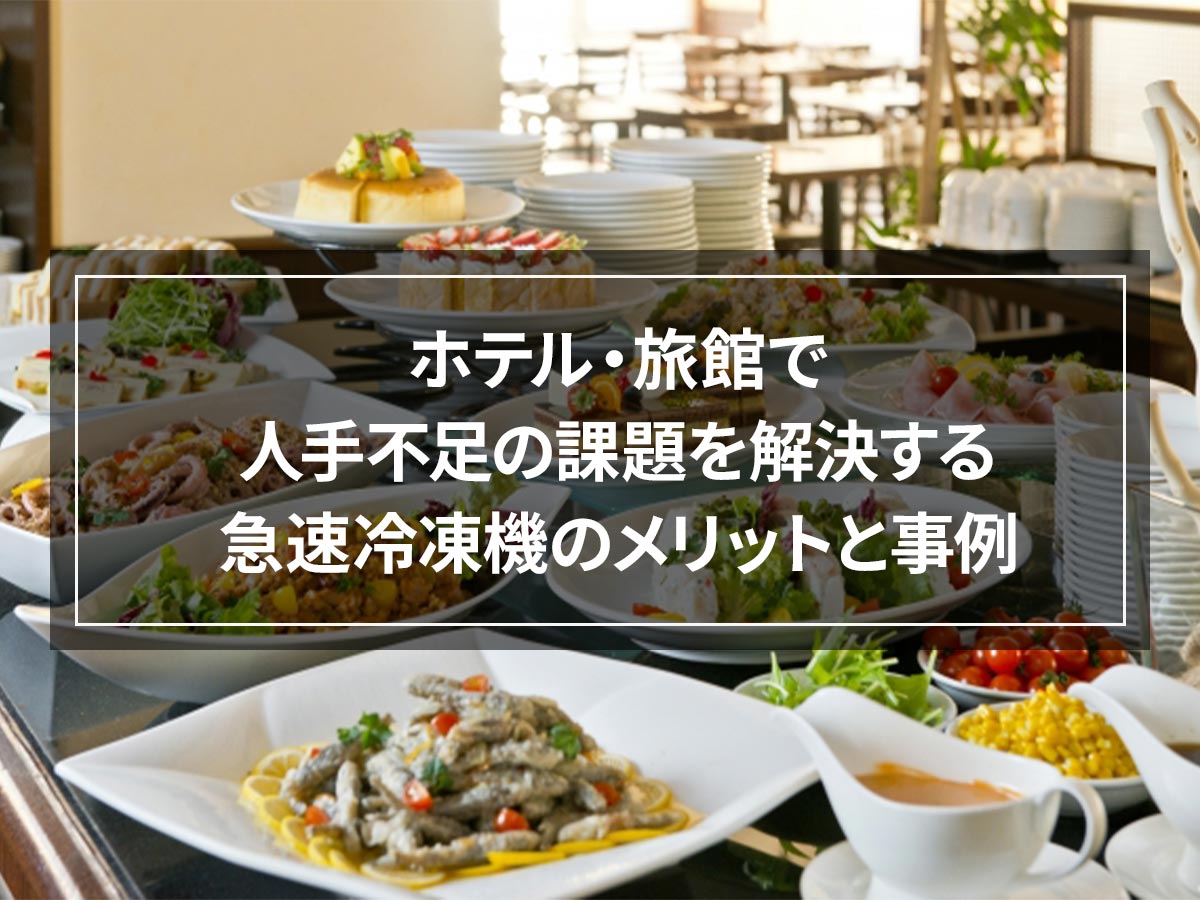
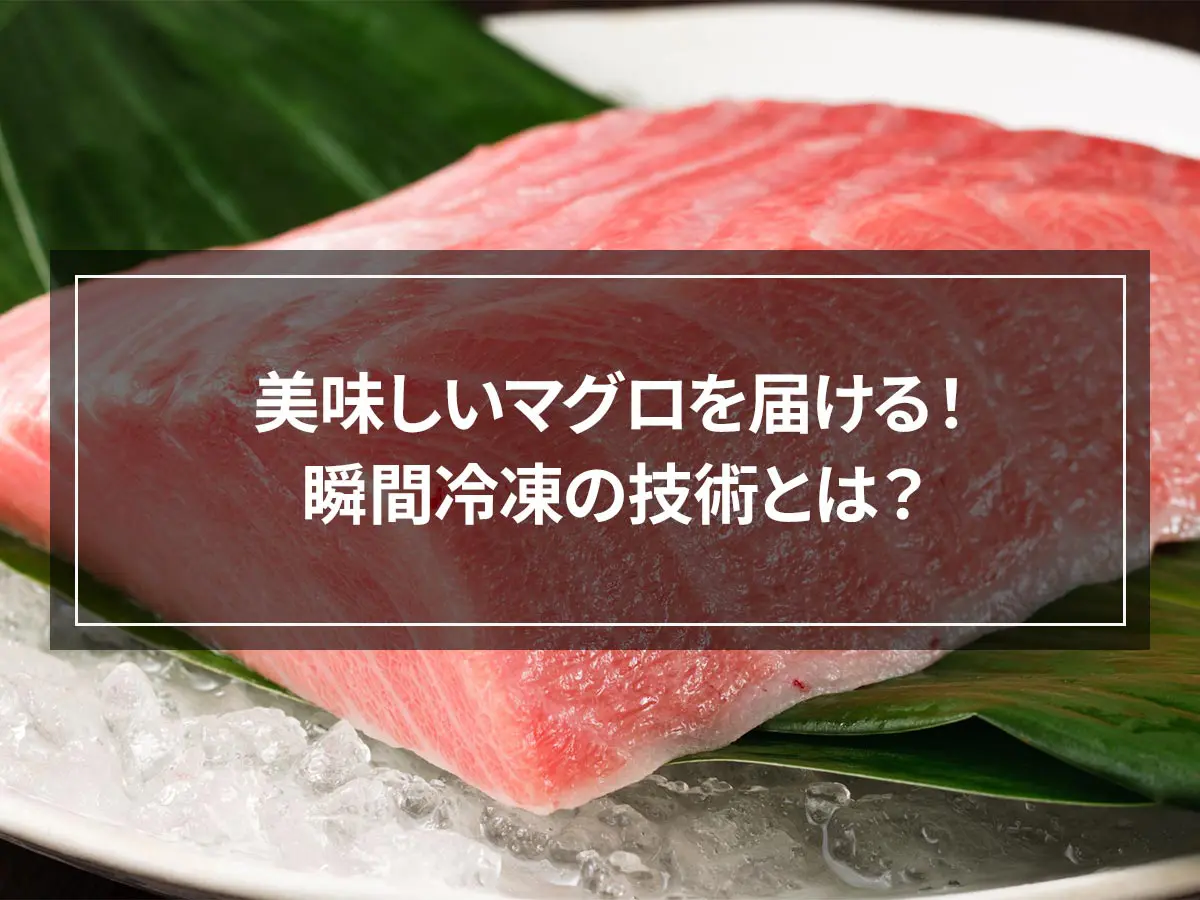
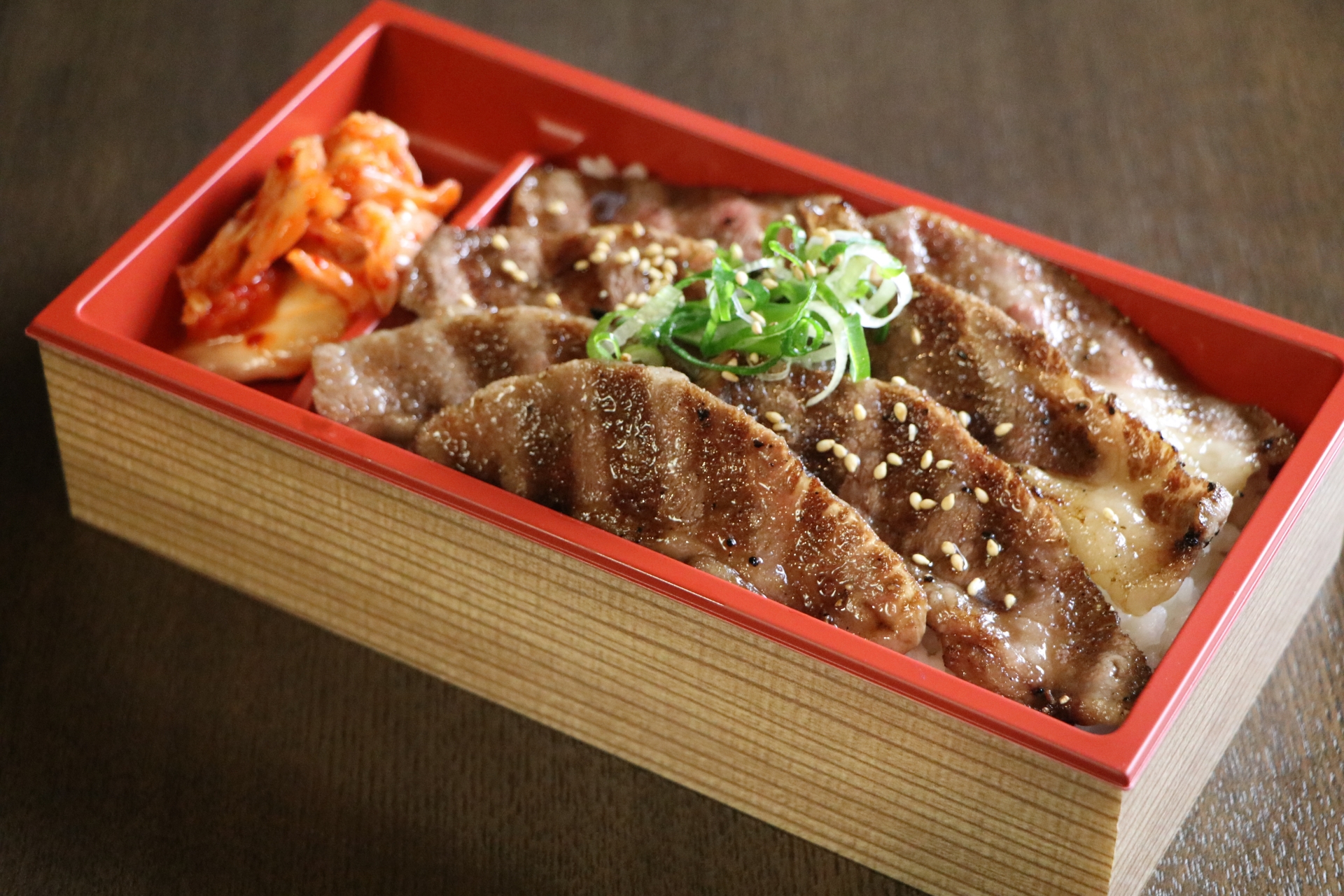

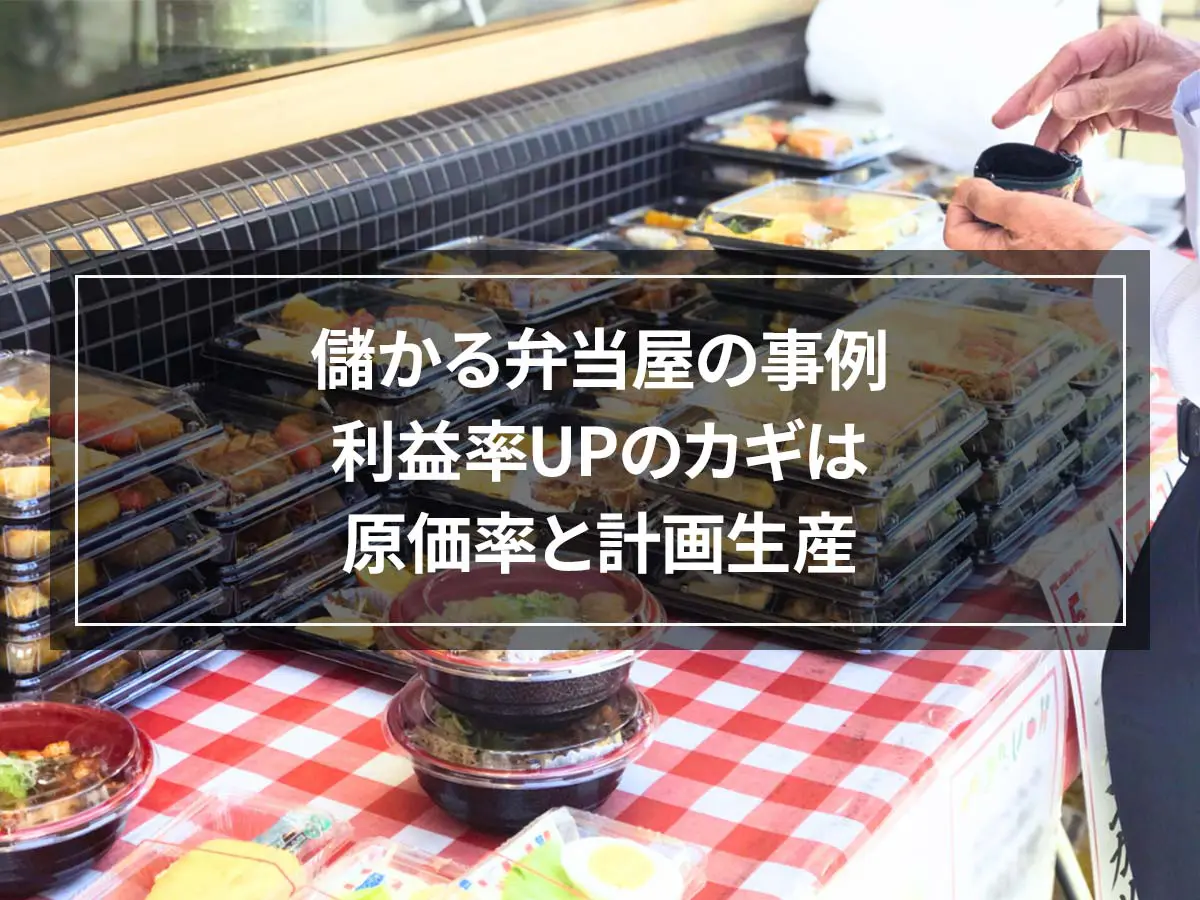
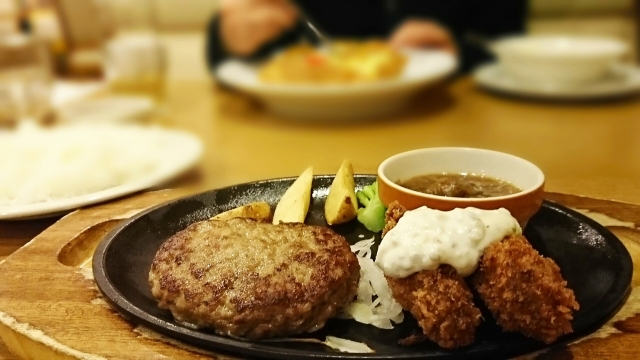
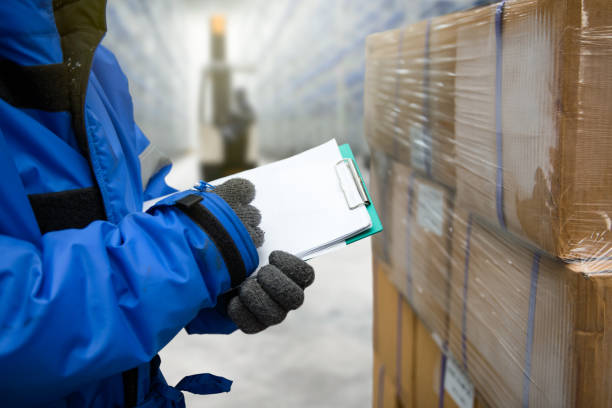
![[Instant cooling at -196℃] What's up with cooling equipment that uses liquid nitrogen?](https://shunkashutou.com/wp-content/uploads/2024/10/4b219d54bd662f10cbae6ea211f612dd.webp)
![[Thorough Guide to Preserving Sweets] Introducing the freezing method, storage period, and thawing method in detail!](https://shunkashutou.com/wp-content/uploads/2023/10/bffcbc0b6e79bb1af6e05b930e11e949.jpg)
